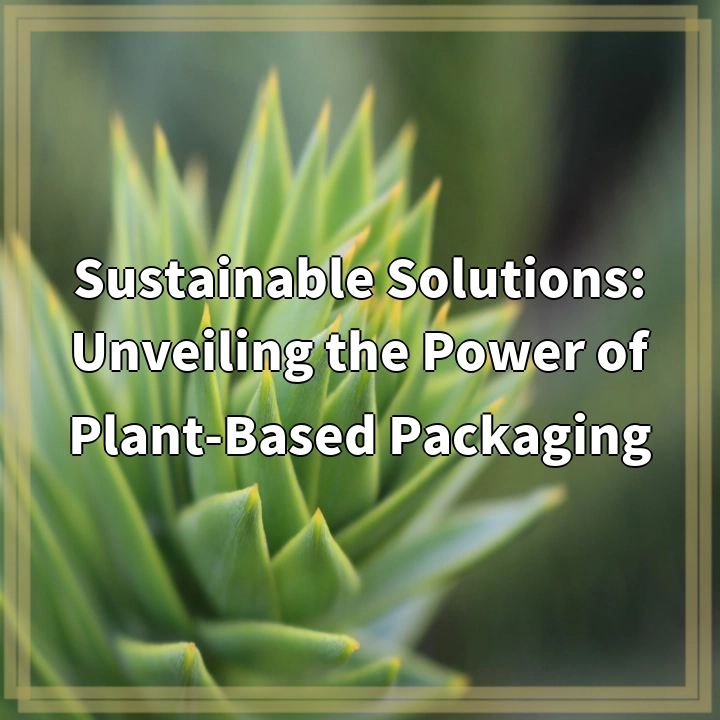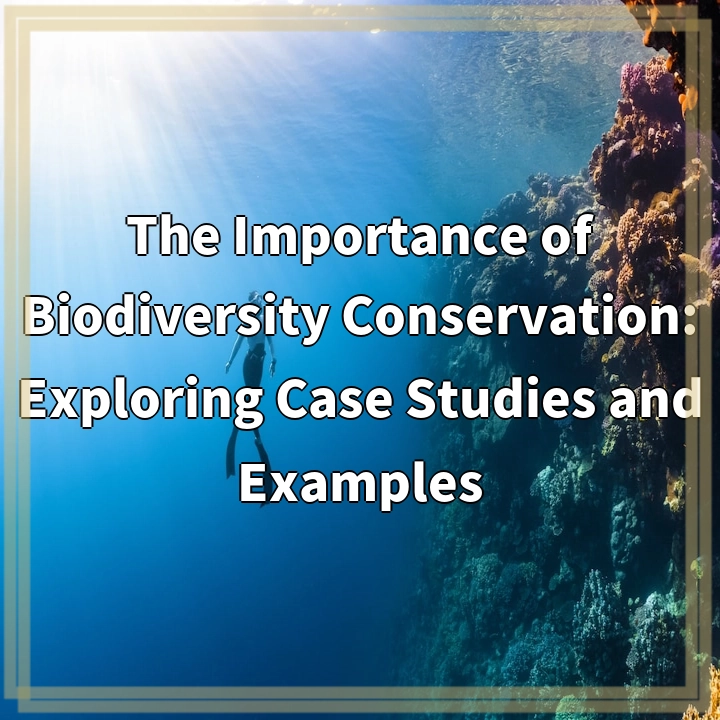
What is Plant-Based Packaging?
Plant-based packaging, also known as bio-based packaging or biodegradable packaging, refers to packaging materials derived from renewable resources such as plants, including corn, sugarcane, and bamboo. Unlike traditional packaging made from fossil fuels, plant-based packaging is developed using sustainable and natural resources.
Real-World Problems Associated with Plant-Based Packaging
While plant-based packaging offers several environmental benefits, there are still some challenges and considerations that need to be addressed:
1. Limited Availability and High Cost
One of the main obstacles to the widespread adoption of plant-based packaging is the limited availability and higher cost compared to traditional packaging materials. The production processes for plant-based packaging are still evolving, and economies of scale have not been fully realized. As a result, the cost of producing plant-based packaging can be higher, making it less accessible for small businesses and industries with tight profit margins.
2. Land and Resource Requirements
Expanding the production of plant-based packaging materials creates a demand for agricultural land and resources. The cultivation of crops like corn and sugarcane requires considerable land, water, and energy inputs. If not managed carefully, increased demand for these resources can lead to deforestation, habitat destruction, and ecosystem disruption.
3. Waste Management and Composting Infrastructure
Although plant-based packaging is often marketed as biodegradable or compostable, proper waste management and composting infrastructure are crucial for its successful decomposition. Many countries and municipalities lack the necessary facilities for efficient composting, leading to a high percentage of plant-based packaging ending up in landfills, where they may not degrade as intended.
4. Greenwashing and Lack of Standards
As interest in sustainable packaging grows, the market has seen an increase in “greenwashing,” where companies overstate the environmental benefits of their packaging. This can mislead consumers who mistakenly believe they are choosing a more sustainable option. Additionally, there is currently no universal standard or certification for plant-based packaging, making it challenging for consumers and businesses to navigate the options and make informed choices.
5. Carbon Footprint and Life Cycle Assessment
While plant-based packaging can have a lower carbon footprint compared to traditional packaging materials, it is essential to consider the entire life cycle of the product. This includes evaluating the emissions associated with production, transportation, and disposal. Life cycle assessments are crucial in ensuring that plant-based packaging achieves a net reduction in greenhouse gas emissions.

Solutions to Overcome Problems with Plant-Based Packaging
1. Research and Development
Investing in research and development is crucial to improve the availability and affordability of plant-based packaging. Advancements in technology and production processes can help bring down the cost and increase the scalability of plant-based packaging materials.
2. Sustainable Sourcing and Resource Management
Companies should prioritize sourcing plant-based packaging materials from sustainable and responsibly managed agricultural sources. Implementing sustainable farming practices, such as regenerative agriculture and efficient water use, can minimize the environmental impact of resource-intensive crops.
3. Infrastructure and Education
Developing the necessary waste management infrastructure and composting facilities is essential to ensure the proper disposal and decomposition of plant-based packaging. Educating consumers and promoting proper waste segregation can also help increase the efficacy of composting efforts and reduce contamination.
4. Transparent Labeling and Certification
Establishing clear labeling guidelines and certification standards for plant-based packaging can help consumers make informed choices and avoid greenwashing. An industry-wide certification process can provide credibility and transparency, ensuring that companies adhere to specific sustainability criteria.
5. Life Cycle Assessments and Carbon Offsetting
Conducting comprehensive life cycle assessments of plant-based packaging can help identify areas for improvement and minimize the overall carbon footprint. Companies can also explore carbon offsetting initiatives to compensate for any remaining emissions, further enhancing the environmental benefits of plant-based packaging.















